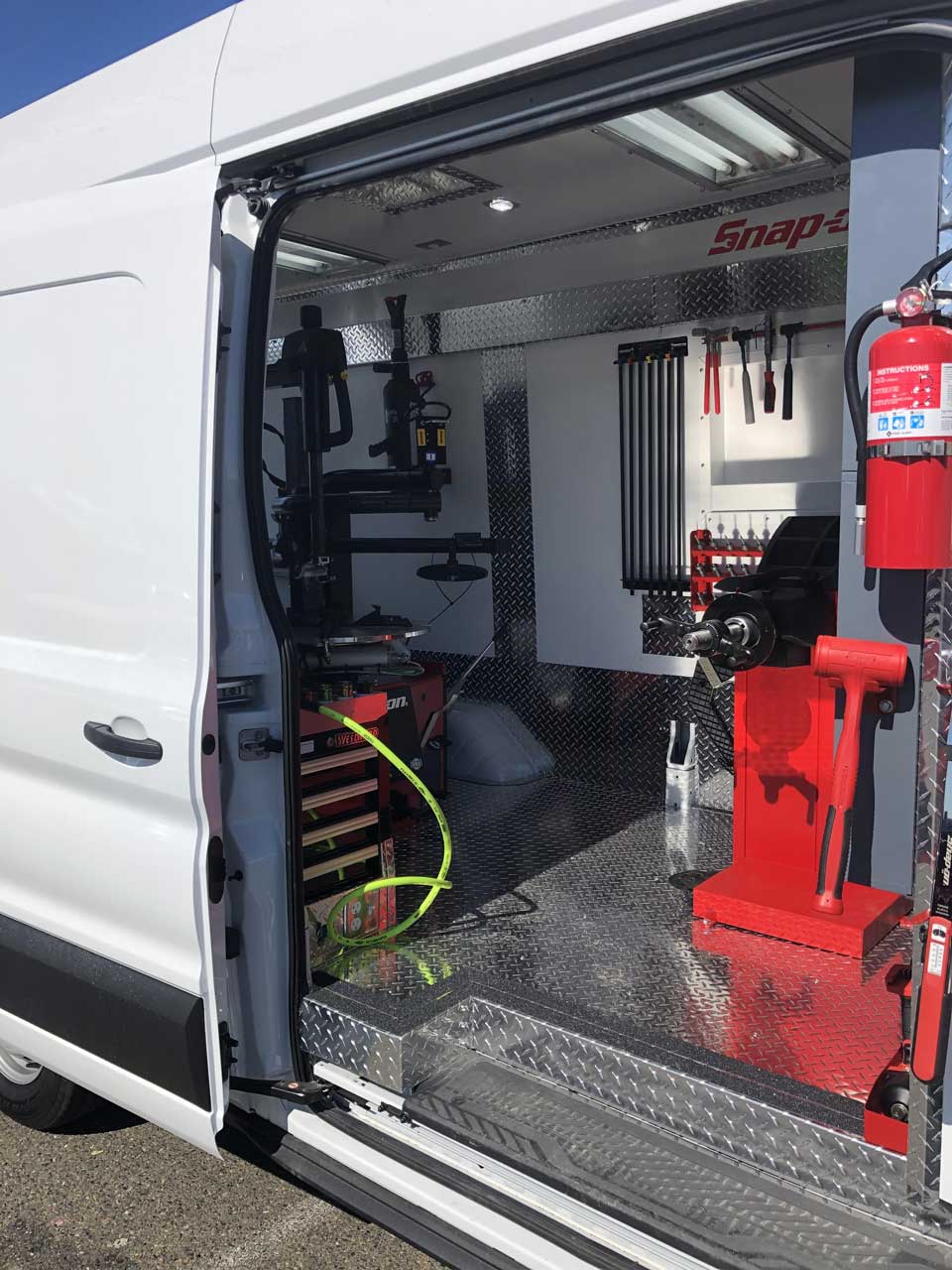Tire Solution: The Effect of Climate Condition
When it pertains to making certain ideal performance and security on the road, comprehending the effect of weather conditions on tire solution is important. From scorching heat to icy roadways, each weather aspect can significantly affect tire functionality and total driving experience. By delving right into the impacts of differing weather on tires, motorists can gain beneficial insights that might improve their vehicle's performance and durability. In this conversation, we will certainly explore the intricate relationship in between climate condition and tire solution, losing light on the importance of weather-specific tire maintenance methods and considerations.
Warmth and Tire Performance
When revealed to high temperatures, tires experience modifications in efficiency that can considerably influence vehicle safety and handling. The warmth created from extended driving or heat conditions triggers the tire rubber to soften, resulting in minimized tread life and boosted wear. As the rubber ends up being softer, the tire's grip when driving decreases, impacting stopping ranges and total grip. In severe instances, extreme warm can even cause tire blowouts, posing a severe security danger to the lorry and its residents.

Cold Climate Impacts
Winter problems can have a significant influence on tire efficiency and security. As temperatures drop, tire rubber can solidify, leading to lowered traction on icy or snow-covered roadways. In winter, tires might additionally lose air pressure extra quickly, which can influence dealing with and gas efficiency. In addition, cold temperature levels can create tire sidewalls to tense, increasing the danger of damages from holes or other road dangers.
To minimize the effects of winter on tires, it is critical to regularly check tire stress and inflate them to the supplier's advised degrees. Making use of winter season or all-season tires created for chilly weather condition problems can likewise enhance grip and grasp on icy or snowy roadways. Correct tire upkeep, consisting of routine assessments for wear and damage, becomes much more vital during colder months to guarantee optimal performance and safety and security.
Rainy Conditions Impact
During rainy problems, tire efficiency and safety can be significantly influenced by the damp road surface areas and minimized visibility. The step pattern of tires plays a vital role in maintaining traction on damp roadways. Tires with worn-out footsteps are more vulnerable to hydroplaning, where a layer of water develops up in between the tire and the roadway surface, resulting in loss of traction. To fight this, chauffeurs should on a regular basis check their tires for adequate walk deepness and think about buying tires specifically made for damp problems.
Furthermore, stormy climate can likewise lower presence, making it challenging for vehicle drivers to see the roadway in advance plainly (GMC Tire Service). In such problems, it is necessary to change driving rates accordingly and keep a risk-free adhering to range to permit unexpected stops. Effectively filled with air tires can likewise aid in maintaining control on damp look at more info roadways by supplying much better handling and hold
Snow and Tire Safety And Security
Snow-covered roadways present special challenges for chauffeurs, stressing the significance of proper tire option and maintenance. When driving in snowy problems, having the ideal tires can make a considerable difference in security and performance. Winter tires are created with special rubber substances and walk patterns to offer much better grip on snow and ice compared to all-season tires. The deeper treads and sipes of winter months tires help grasp the road better, reducing the danger of sliding and sliding.

Furthermore, vehicle drivers should consider installing tire chains in severe snowy conditions. Tire chains offer added grip by clutching the snow and ice, enhancing stability and control. Nonetheless, it is very important to comply with supplier instructions when using and installing tire chains to stop damage to the tires and car. By selecting the right tires, keeping correct hop over to here rising cost of living, and taking into consideration added traction aids like tire chains, vehicle drivers can boost their security when browsing snow-covered roads.
Weather-Related Tire Maintenance
When encountered with different weather conditions, appropriate tire upkeep ends up being an essential element of vehicle safety and security and performance. Weather-related tire upkeep includes an array of methods intended at making sure ideal tire function and durability in different weather situations. One vital facet of weather-related tire upkeep is tire pressure policy. Varying temperature levels can create tire pressure to vary, influencing traction and fuel effectiveness. Consistently checking and changing tire stress according to manufacturer recommendations is necessary for safe driving in altering weather conditions. In addition, tire walk depth plays a considerable function in taking care of different weather condition elements. Tires with appropriate tread depth give better grip on wet or icy roadways, reducing the risk of skidding or hydroplaning. When walk wear reaches a particular deepness is important for maintaining traction and security in damaging weather condition, evaluating tire step frequently and replacing tires. By focusing on weather-related tire upkeep, drivers can improve safety and security, boost car efficiency, and prolong the life expectancy of their tires.
Conclusion
In verdict, weather condition conditions have a substantial that site impact on tire efficiency and safety. From warmth affecting tire pressure and use to cool weather condition reducing traction, it is crucial to think about the climate when maintaining and utilizing tires.
In this discussion, we will certainly discover the detailed relationship in between weather condition conditions and tire solution, dropping light on the importance of weather-specific tire upkeep practices and considerations.
